
Tato
Luna Orizzontale Lamp 1 by Gio Ponti
GBP 1,360
Ships in 2-3 weeks

With a career spanning over six decades, Gio Ponti can be considered the pioneer of modern architecture and modern industrial design in Italy, with a diverse approach ranging from architecture, industrial design, art, to editorial publishing. His unlimited creativity is still a source of inspiration today for many designers worldwide.

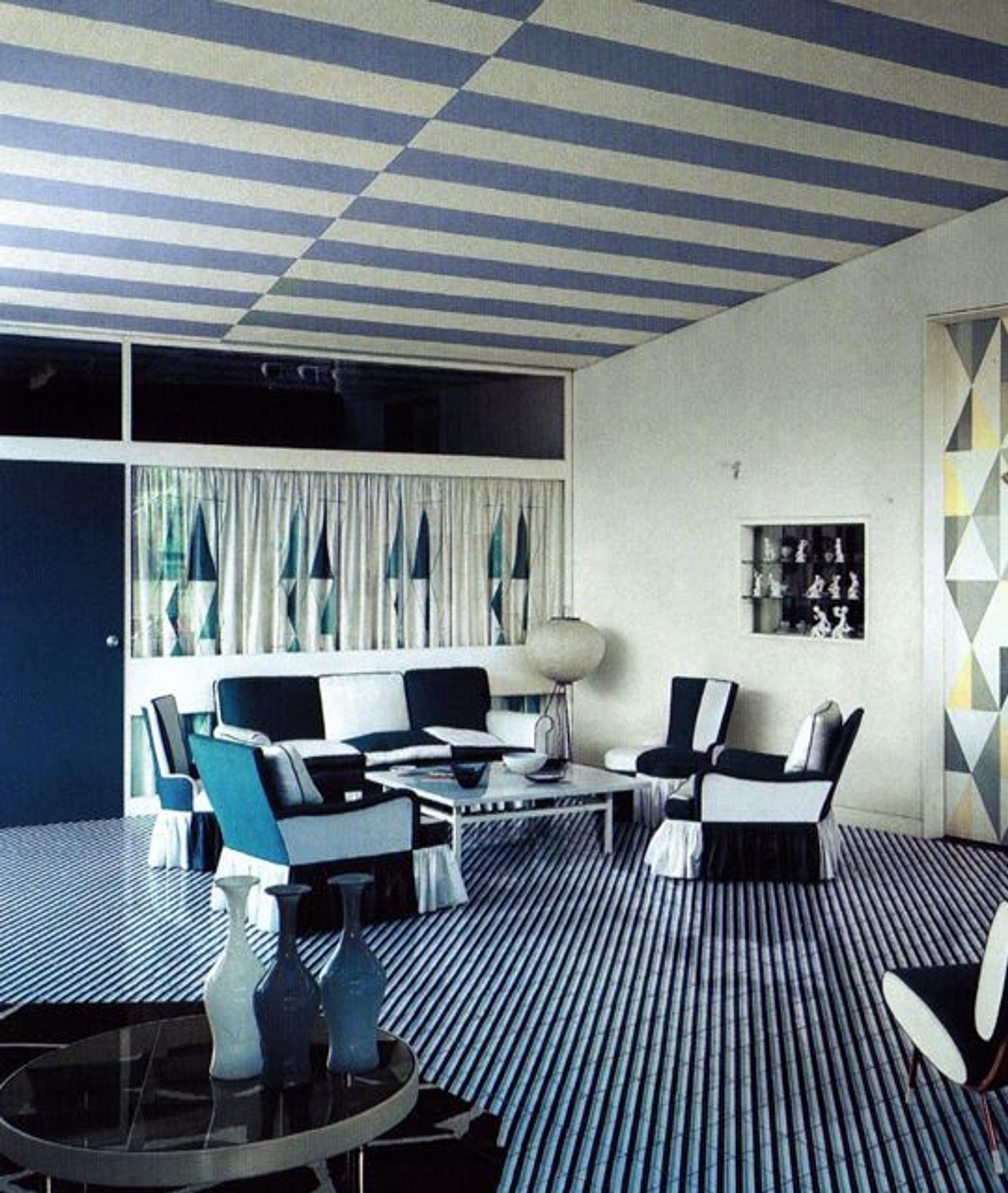
Giovanni "Gio" Ponti was born in Milan in 1891, and enrolled in the Architecture program at the prestigious Politecnico di Milano University, although having to postpone his studies due to the outbreak of World War I. After completing his military service, Gio Ponti returned to university and earned his architecture degree in 1921. During his decennial career, he ventured and excelled both in architectural and product design projects, always pioneering avant-garde and innovative approaches in both fields.
Until 1938, he worked with the renowned ceramics brand Richard Ginori, transforming their production process and experimenting with a variety of materials and concepts. This job in the industrial design sector served as a springboard for further work in the field throughout Ponti’s career, contributing to the development of his vision of inevitable interdependence between design and industry. With Richard Ginori, he took part in the International Exhibition of Modern Decorative and Industrial Arts in Paris, where he was given the opportunity of his first architectural commission abroad just outside the city.
In 1923, he partnered up with architects Emilio Lancia and Mino Fiocchi. This partnership culminated in the founding of the ‘Studio Ponti e Lancia PL’ in 1927. The first few years of his career, both as a product designer and architect, were heavily influenced by the neoclassical movement “Novecento Italiano” that was flourishing in Milan at the time.
In 1928, as evidence of his unceasing creativity and need for constant innovation, Gio Ponti together with Gianni Mezzocchi founded the Domus magazine, one of the world’s leading magazines in the architectural and interior design field, still being published today.

Tato
GBP 1,360
Ships in 2-3 weeks

GINORI 1735
GBP 7,585
Preorder

Francesco De Maio
GBP 365
Ships in 5-6 weeks

GINORI 1735
GBP 8,400
Preorder

Cassina
GBP 1,680
Ships in 8-9 weeks

Cassina
GBP 1,890
Ships in 8-9 weeks

FontanaArte
GBP 2,160
Ships in 8-9 weeks

BBB Italia
GBP 650
Ships in 3-4 weeks

GINORI 1735
GBP 335
Ready to ship

GINORI 1735
GBP 740
Ready to ship
The 1930s were years of intense productivity for Ponti as an architect. His approach shifted towards the Rationalism and Modernism movements, using contemporary materials and technologies in his projects. The most relevant works of this period are the ten houses he designed in Milan, for his family and for different clients, known as the “Ponti Houses” or “Case Tipiche”. The villa in Via Randaccio was once again the result of his partnership with Emilio Lancia and was conceived in Milan’s cultural circles, centered around a humanist dimension with many neoclassical elements such as typical dentils and entablatures. He also curated the design of their interiors, consolidating his passion for product design and further building his vision of the industrial components. The houses are still regarded today as some of the finest examples of Milanese architecture.
His initial approach to urban planning occurred with the construction of the Littoria Tower (now Branca Tower) and later with the Montecatini Group office buildings, where Ponti was able to conceive his first large-scale projects from the foundations to the interior details. From this moment, his involvement in similar projects such as the expansion of the university campus in Rome and the University of Padua was constant until the end of his career. with the Montecatini group office buildings, where Ponti was able to conceive his first large-scale projects from the foundations to the interior details, reflecting his avant-garde and innovative vision. From this moment, his involvement in similar projects such as the expansion of the university campus in Rome and the University of Padua was constant until the end of his career.
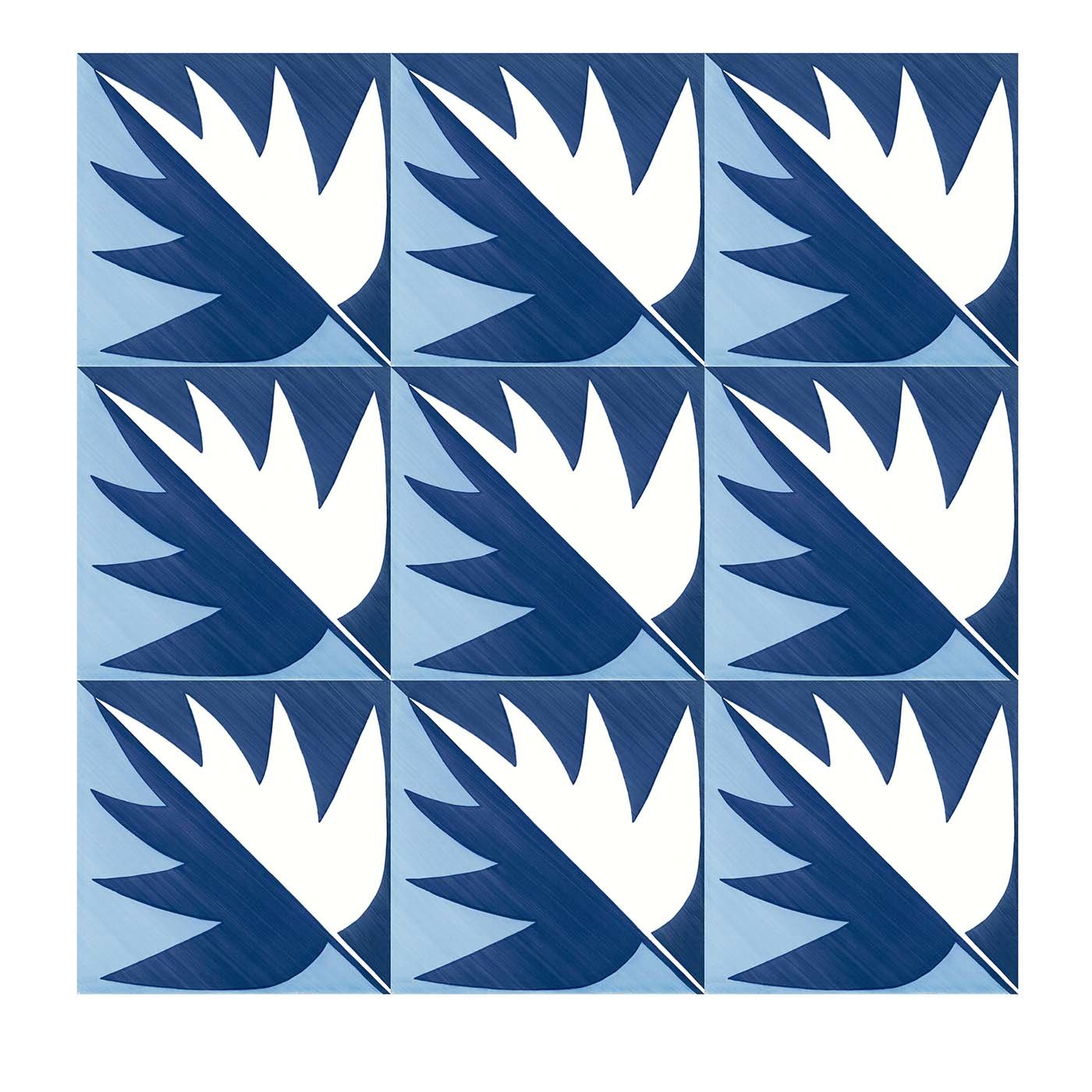
Francesco De Maio
GBP 315
Ships in 5-6 weeks

GINORI 1735
GBP 8,400
Preorder

GINORI 1735
GBP 8,900
Preorder

GINORI 1735
GBP 440
Ready to ship

Tato
GBP 1,885
Ships in 3-4 weeks

Tato
GBP 1,300
Ships in 3-4 weeks

Tato
GBP 1,300
Ships in 3-4 weeks

Tato
GBP 1,300
Ships in 3-4 weeks
Around 1933, Ponti ended his relationship with Lancia and teamed up with two engineers to form Studio Ponti-Fornaroli-Soncini, launching a second magazine called “Stile” and started demonstrating a strong interest for decorative arts. Venturing in a variety of side projects such as painting and stage design, he began designing sets and costumes for theatre and opera, including Igor Stravinsky's Pulcinella for the Triennial Theatre in 1940 and a film adaptation of Luigi Pirandello's Enrico IV for Louis Jouvet and Anton Giulio Bragagli.
At the turn of the 1940s until World War II, Ponti continuously expanded his architectural activity all over Italy with the construction of the Columbus Clinic in Milan and the interior design of the Palazzo del Bo at the University of Padua, famous for his monumental fresco on the stairs leading to the rectorate.
In 1950, Gio Ponti reached the climax of his career as an architect by winning the commission to design the Pirelli Tower in Milan, the tallest skyscraper in Europe at the time. The collaboration with renowned engineers Pier Luigi Nervi and Arturo Danusso, whose technical advice allowed him to experiment event further with the use of concrete and unexpected materials. As the Pirelli Tower attracted worldwide attention as his universally acknowledged masterpiece, international commissions started coming into Ponti's office, dominating his activity for the rest of the 1960s and 1970s. Among others, his work reached Venezuela, Hong Kong and in 1971 the Denver Art Museum. Between 1960 and 1962 Ponti designed and realized the first Italian Design hotel, the Parco dei Principi in Sorrento. In these years of architectural activity, he delved even further into the pursuit of transparency and lightness, evolving his approach to the design of facades with geometric shapes and perforated patterns, far from the rationalism and modernism that characterized his early career.
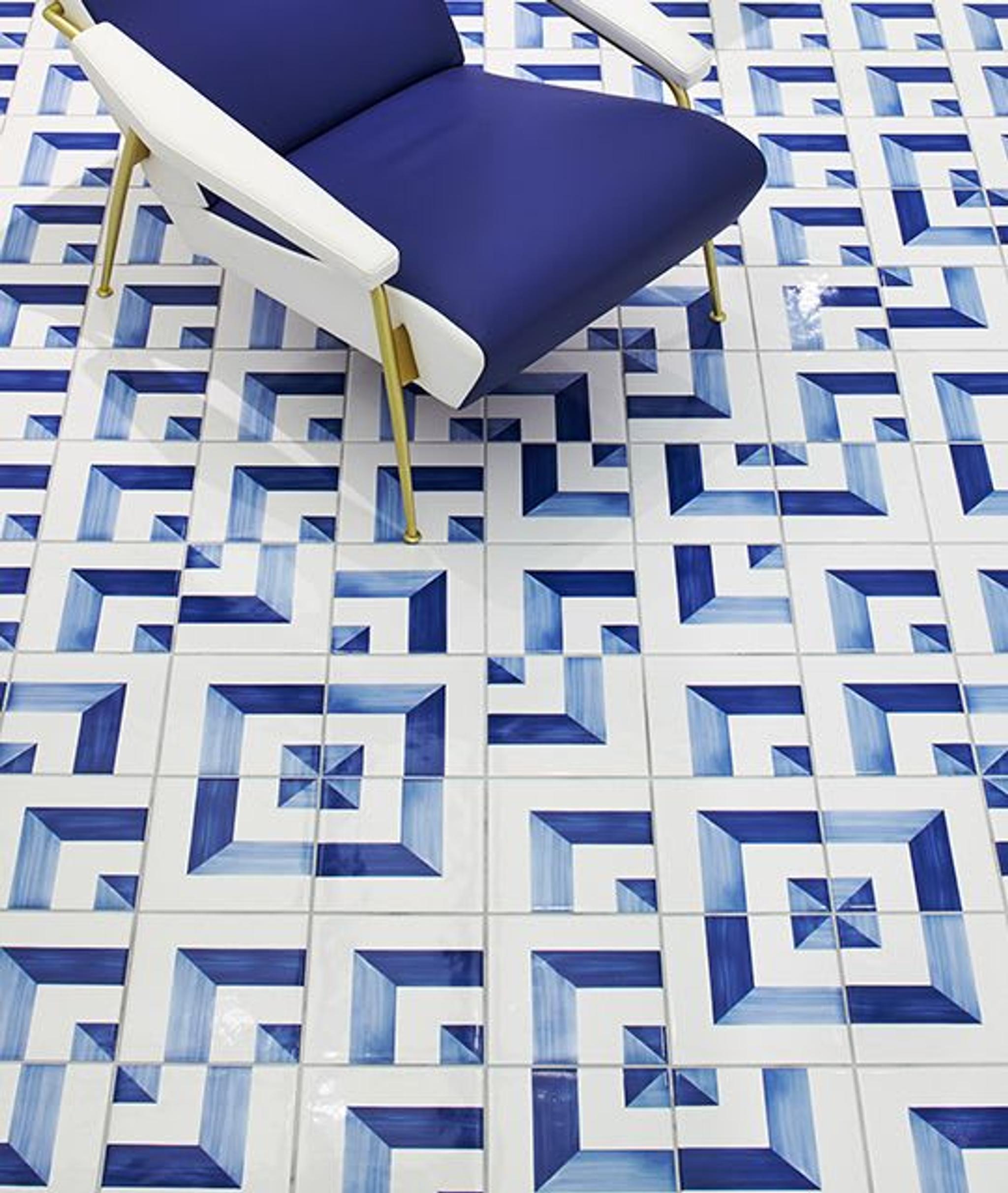

While travelling around the world due of his commissions as an architect, Gio Ponti was always keen on maintaining his activity as and industrial, product and interior designer. His early collaboration with Richard Ginori had given him the opportunity to work closely with the entire chain of production and manufacturing of the single product, from its early stages of design to the final piece ready for distribution. Working closely with the best Italian designers of the time, he completely revolutionized the company’s whole output, beginning with the renewal of the iconographic repertoire based on the classical tradition and then rationalizing the entire chain of production, with his vision of integrating industrial standards to the manufacturing process without compromising its high artisanal standards.
This work was exceptionally relevant not only for the prizes won in Paris for his ceramic designs, but also because Ponti helped raise the bar for Italian decorative arts, modernizing the design and craftsmanship processes of the entire field. His involvement with the Monza Biennale and the Milan Triennale since the early 1920s pushed him even further in the exploration of his role as an industrial designer.
The most resistant element is not wood, is not stone, is not steel, is not glass. The most resistant element in building is art. Let’s make something very beautiful.

GINORI 1735
GBP 410
Preorder

Tato
GBP 1,495
Ships in 1-2 weeks

Francesco De Maio
GBP 315
Ships in 5-6 weeks

GINORI 1735
GBP 1,100
Ready to ship

BBB Italia
GBP 650
Ships in 3-4 weeks

GINORI 1735
GBP 230
Ready to ship

GINORI 1735
GBP 510
Ready to ship

GINORI 1735
GBP 230
Ready to ship

GINORI 1735
GBP 560
Ready to ship

GINORI 1735
GBP 500
Ready to ship

GINORI 1735
GBP 160
Ships in 1 week
During these years, he established numerous collaborations with different manufacturing companies, such as the silverware company Christofle and the glassmakers Venini. He founded the Labirinto group with the aim of designing unique furniture pieces made of luxurious materials, collaborating with notable colleagues such as Paolo Venini and Tomasi Buzzi, among others. At the same time, he designed another line of furniture under the name Domus Nova with Emilio Lancia, that featured pieces with simple and clean lines, sold at the prestigious Milanese department store La Rinascente. This was Gio Ponti’s essence as an industrial designer: eclectic products with almost opposite concepts in mind, from bespoke and one-of-a-kind projects to avant-garde and somehow essential products that represented his need to strengthen the link between industry and design.
The 1930s also saw him become the art director of FontanaArte, a brand that would almost instantly become an institution in the design world, for whom he created the now iconic Bilia Lamp and where he experimented again with glass, mirrors and crystals manufacturing, along with classic Italian furniture.
As he progressed in his evolution as a designer, he established a fruitful partnership with famed decorator Piero Fornasetti: playing with the crafting of ceramics, Gio Ponti would design vases, plates and tabletops with the influence of Fornasetti’s decorative and fantasy style. Together, they collaborated on a number of projects for two decades, including the Palazzo del Bo in Padua. This tendency of letting his style be contaminated by other artists continued well into the 1940s and 1950s. Some notable collaborations included enameled panels and decorative objects with Paolo De Poli, glassware with the Venini factory, pieces with the ceramist Pietro Melandri and more.
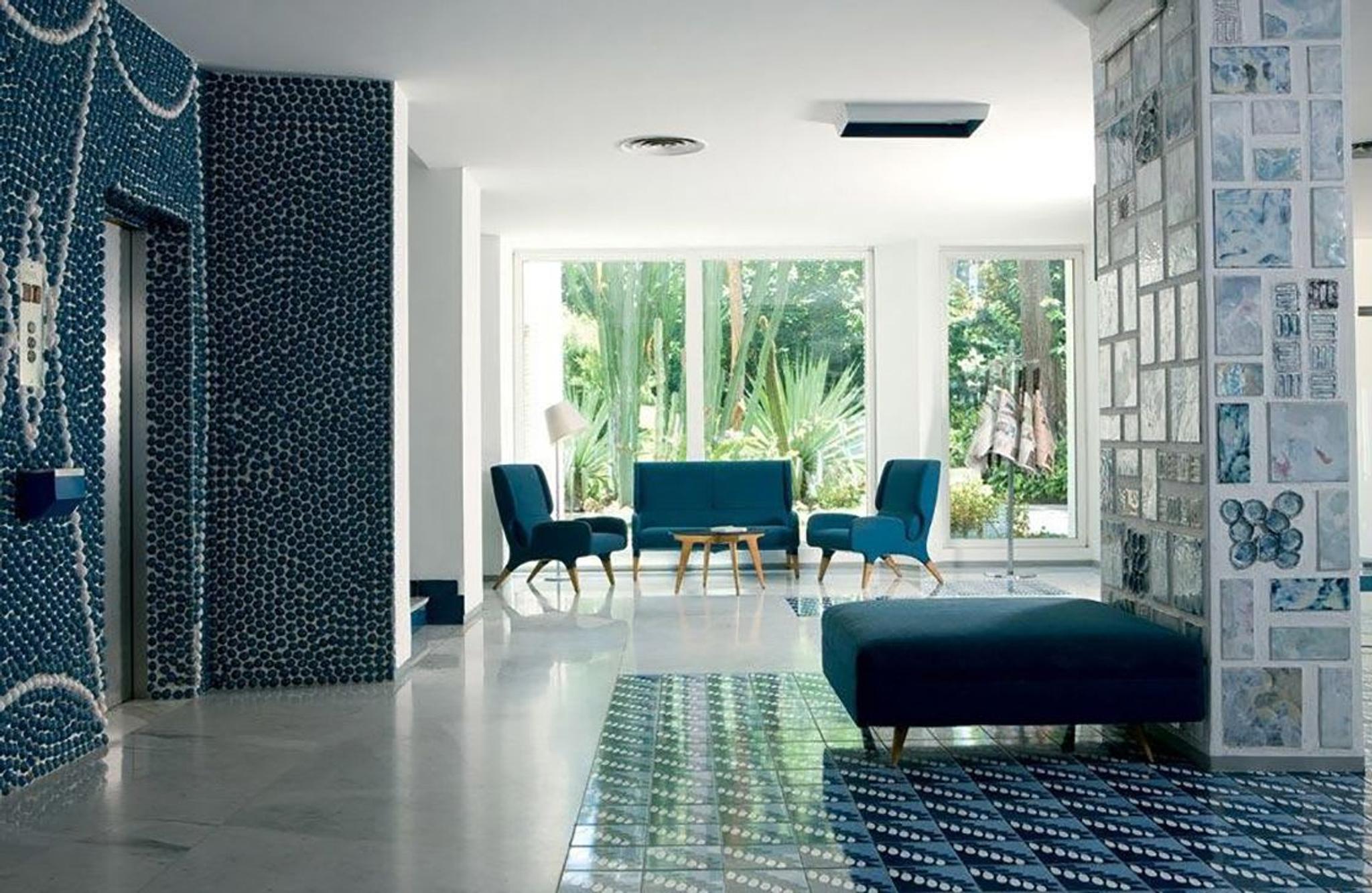
The beginning of the 1950s marked the affirmation of Gio Ponti as a designer of industrial products, aiming to combine his artistic aesthetics with functional requirements: first designing the new espresso machine for La Pavoni and the sewing machine Visetta for the company Visa, he later moved to furniture components such as cutlery for Christofle and Krupp Italiana, door handles for Olivari and ceramic sanitary facilities for the international company Ideal Standard.
During this time, he designed one of his most iconic creations: his prolific partnership with furniture brand Cassina saw the invention of the two Leggera and Superleggera chairs, two groundbreaking models that are still being produced. Starting from a traditional chair model found in the village of Chiavari, Liguria, Gio Ponti approached the design process with the same attitude he often had with his architectural projects influenced by Rationalism and Modernism: stripping the chair of any unnecessary weight, shape and material, he reduced the elements to the sole structure of the product, culminating in a minimalistic and highly functional chair weighing only 1.7 kg, while still being incredibly resistant and durable.

BBB Italia
GBP 835
Ships in 3-4 weeks

Francesco De Maio
GBP 315
Ships in 5-6 weeks
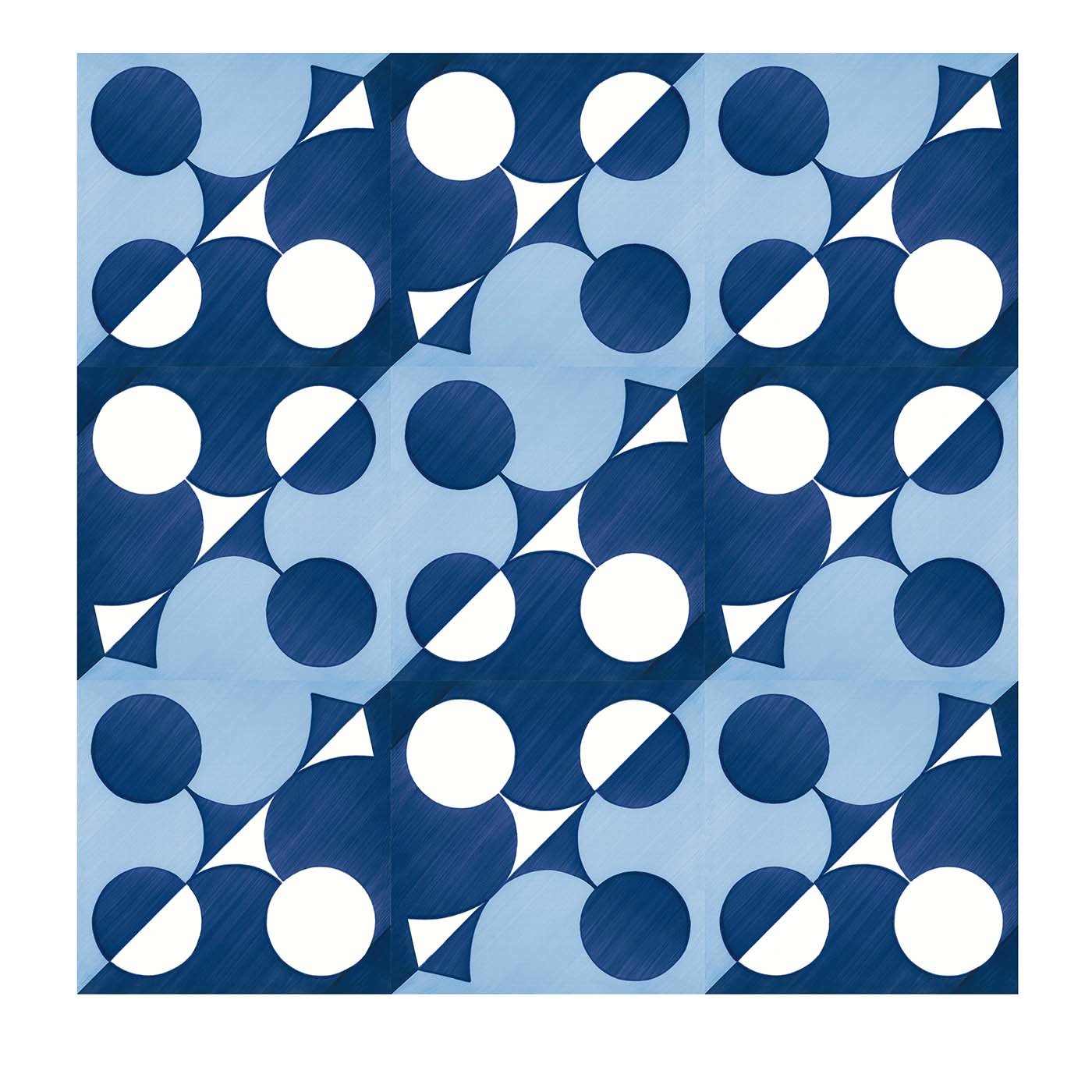
Francesco De Maio
GBP 315
Ships in 5-6 weeks

Francesco De Maio
GBP 365
Ships in 5-6 weeks

Francesco De Maio
GBP 315
Ships in 5-6 weeks
His furniture and chairs were sought after by the most important manufacturing companies, and his vast production began expanding into new ventures such as cabinets and sideboards for Singer & Sons and the famous Dezza armchair for Poltrona Frau; it’s hard to find a field where Gio Ponti didn’t get involved in those years, while still being active as an architect, and somehow every piece always seems extremely relevant, innovative, well thought and unforgettable.
In the 1960s, Gio Ponti had definitely blurred the lines between his different occupations, and his career culminated in the architectural and interior design of the first design hotels in Italy: first, as already mentioned, with the Hotel Parco dei Principi in Sorrento and then with the Hotel Parco dei Principi in Rome. He took care of designing uniquely modern interiors in collaboration with some of the most respected designers of the time like Fausto Melotti and Ico Parisi. Exact replicas of the majolica designed by Gio Ponti in 1960 for the Hotel Parco dei Principi in Sorrento are still in production today, serving as beautiful tiles.
In the last years of his life, during the 1970s, he was still getting involved in grand projects such as the Cathedral of Taranto and the Denver Art Museum.

Francesco De Maio
GBP 365
Ships in 5-6 weeks

BBB Italia
GBP 940
Ships in 3-4 weeks

Francesco De Maio
GBP 315
Ships in 5-6 weeks

Tato
GBP 2,150
Ships in 3-4 weeks

GINORI 1735
GBP 14,000
Preorder
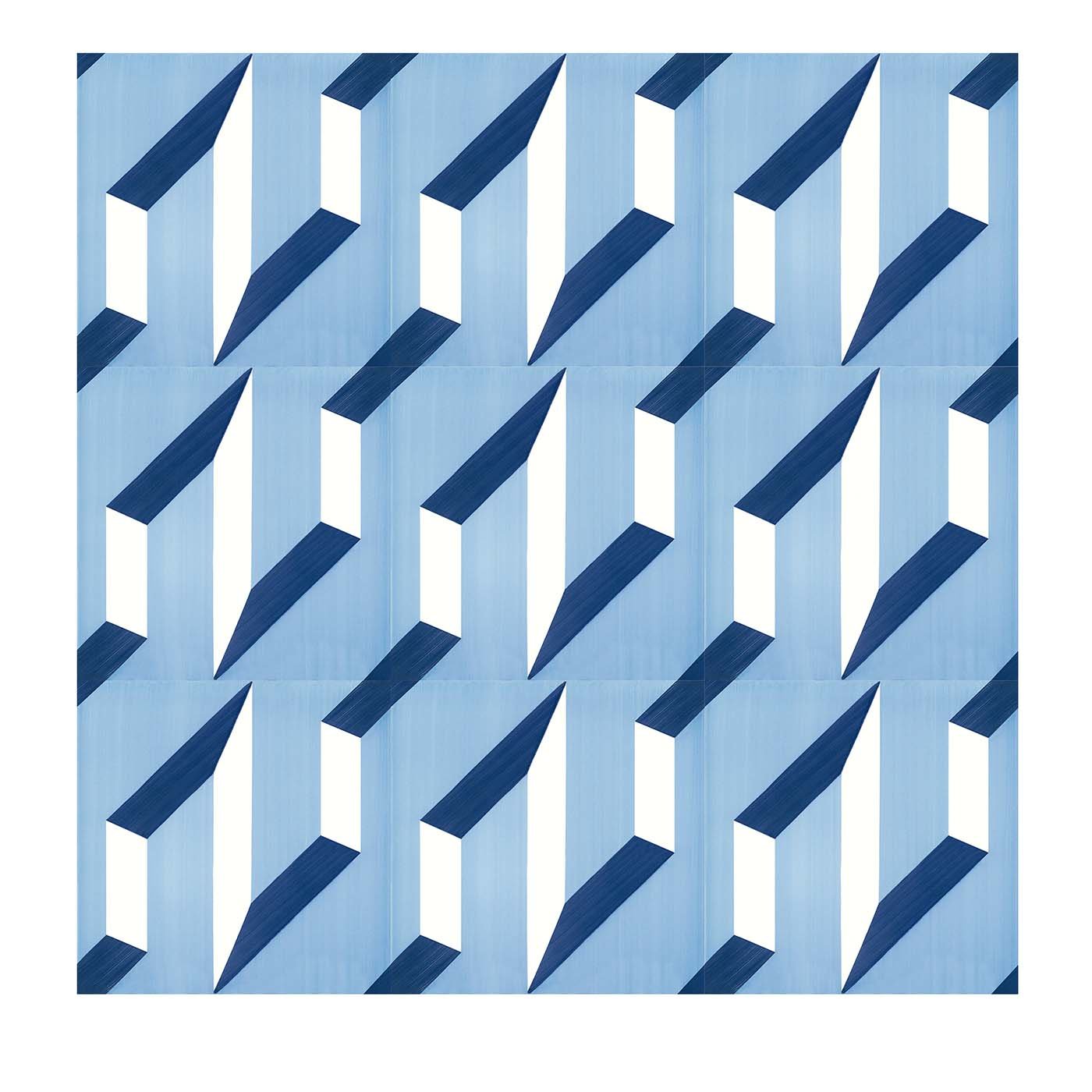
Francesco De Maio
GBP 315
Ships in 5-6 weeks

GINORI 1735
GBP 255
Ships in 1 week

GINORI 1735
GBP 14,000
Preorder

GINORI 1735
GBP 310
Ready to ship

Tato
GBP 1,855
Ships in 3-4 weeks

GINORI 1735
GBP 67,000
Preorder

Cassina
GBP 1,890
Ships in 10-11 weeks

Tato
GBP 1,300
Ships in 1-2 weeks

FontanaArte
GBP 460
Ships in 8-9 weeks

FontanaArte
GBP 2,295
Ships in 9-10 weeks

FontanaArte
GBP 2,520
Ships in 9-10 weeks

Amini
GBP 10,540
Ships in 1 week

FontanaArte
GBP 290
Ships in 1-2 weeks

FontanaArte
GBP 290
Ships in 1-2 weeks

Tato
GBP 1,580
Ships in 1-2 weeks

BBB Italia
GBP 660
Ships in 3-4 weeks
When looking at his life accomplishments, it’s hard to try and define Gio Ponti’s style. His early years spent with neoclassical influence in Milan later turned in a tendency to follow the strict rules of Rationalism and Modernism, while his later years saw his evolution as an innovative architect, committed to a more personal research of style and materials.
Innovating and conveying his knowledge had always been two of his prerogatives. His role in the steering committee of the Monza Biennale, that he later moved to Milan and renamed Triennale, heavily contributed to the introduction of modern movements and architects to the Italian public. From 1936 to 1961, he also worked as a teacher and lecturer at Politecnico di Milano, the same university where he graduated years earlier. Furthermore, his editorial activity as a founder of the magazines Domus and Stile put him in the position of true design and architecture connoisseur.
In 1975, he published Amate l’architettura (In Praise of Architecture), gathering his definitive view on forma finita (finished form): the final dimension of any architectural or design work was to be “simple, light, and not allow any possibility of extension, addition, repetition or superposition”. This essential and powerful definition serves as a perfect summary of Gio Ponti’s vision, acting as a guiding thread for his incredibly varied production throughout the years.
Walking through Milan, admiring the houses in via Randaccio, the Brera and Lambrate districts, the Evangelical San Luca Church and the majestic Pirelli Skyscraper, it’s easy to imagine how the vision of such an influential master of the arts would spread from the Italian city all over the world. By contaminating every commission with his true Milanese spirit, Gio Ponti’s legacy as a prolific architect and designer still shapes the way we see and live the world around us.